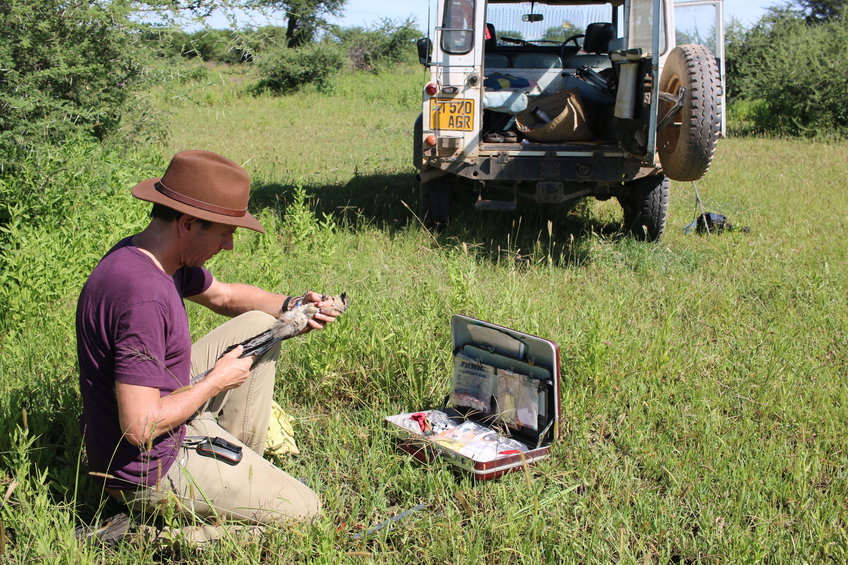
Physiological ecology of life histories (Wolfgang Goymann)
Wolfgang Goymann
The world consists of many different and diverse environments (or biomes). Some of these biomes are characterized by little annual fluctuations in environmental conditions such as temperature, rainfall, or food abundance (e.g. tropical moist broadleaf forests). Others show large, but highly predictable annual fluctuations in environmental conditions (e.g. temperate broadleaf or mixed forests), and there are also biomes with large and highly unpredictable fluctuations of environmental parameters (e.g. many deserts and xeric scrublands).
To survive and successfully reproduce, an animal’s morphology, physiology and behaviour needs to be tuned to these environmental conditions. As a consequence animals have evolved myriads of character traits and adopted various life-history strategies to cope with the challenges posed by their environment.
Knowing the physiological underpinnings of life histories and the flexibility of physiological control systems to environmental change are key to understanding the impact of human-induced global change on different animal species and populations. With this knowledge we can predict which species may be more likely to suffer from human-induced change.
We are interested in the interplay between physiology, behaviour and ecology of animals and how different environments and life histories shape physiological control mechanisms of behaviour.
Current projects:



